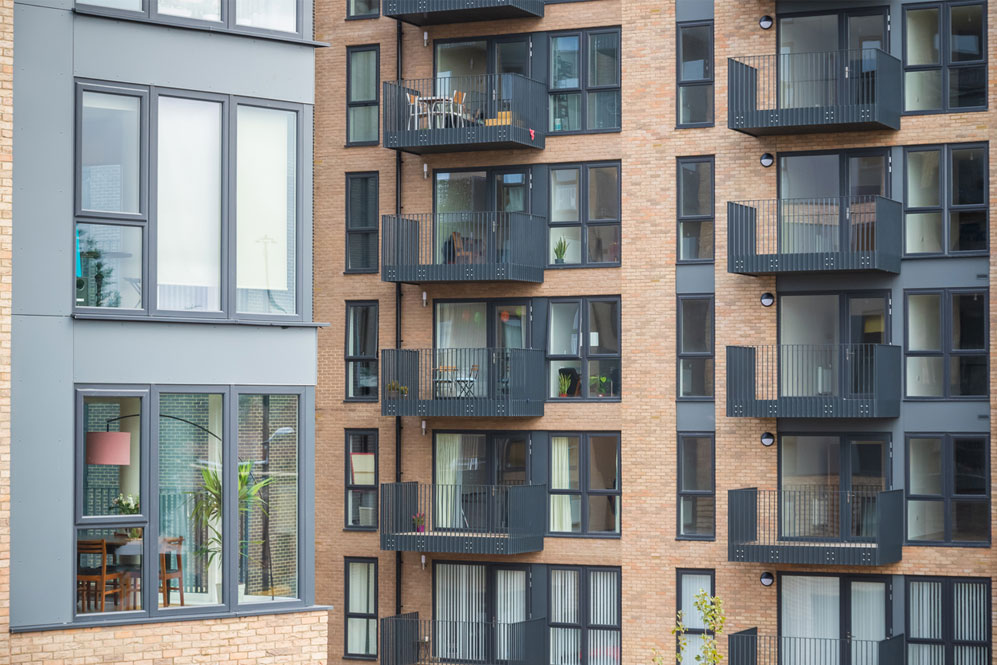
Why Blocks of Flats Insurance is So Important - And What the FCA is Doing to Improve it
Blocks of flats insurance is an essential form of protection for owners, tenants and managers of multi-occupancy buildings. Without it, these parties may not have adequate protection against potential risks such as fire, flooding and subsidence. That's why it's encouraging to hear that the Financial Conduct Authority (FCA) set out potential interventions to reform the multi-occupancy buildings insurance market, with a particular focus on blocks of flats insurance. In this blog post, we'll look at why blocks of flats insurance is so important and what the FCA is doing to improve it.
Following on from the Grenfell tragedy, the FCA was asked to look at the multi-residential building insurance market and explore ways for providing better coverage to leaseholders. Sheldon Mills, the executive director of Consumers and Competition commented 'Since the Grenfell tragedy, hundreds of thousands of leaseholders have had to endure the difficulties of living in buildings with known fire safety issues and these problems have been made worse by increases in the cost of their insurance. "We will consult on measures to improve transparency for leaseholders about the price of their insurance and how leaseholders can be given greater protection. We expect the insurance industry to work quickly with us and the government to develop solutions to this issue, including developing pooling arrangements and reducing commission, that will make affordable insurance cover more widely available."
The review found that there will be less insurance available in multi-occupancy residential buildings, with some insurance providers withdrawing and fewer people being interested in acquiring new clients. The change is said to be caused by low profitability in the line of business. Data from the industry over the past six years suggests that the average price for the premiums for such buildings has more than doubled from £6,800 in 2016 to £15,300.
In addition to improving leaseholder protections and information about insurance costs, the FCA has proposed several potential remedies to improve insurance affordability and availability.
The package of recommendations and other potential remedies includes:
- Creating a cross-industry pool to limit the risk to individual insurers posed by certain buildings affected by flammable cladding or other material fire safety risks, aimed at reducing the price of insurance for these buildings;
- Increasing the amount and transparency of information available to leaseholders on the pricing of the insurance they are paying for;
- Making it easier for leaseholders to challenge high insurance costs passed on to them; and
- Making leaseholders ‘customers’ of buildings insurance.
FCA will provide an update in six months on progress towards potential remedies.
An assessment of the market for multi-occupancy buildings insurance was commissioned by the former Secretary of State for Levelling Up, Housing and Communities on 28 January 2022. It is part of the FCA's work to protect consumers and ensure markets work efficiently. Having announced an ambitious three-year strategy in April 2022 to improve the outcomes for consumers and the markets throughout the UK, the FCA is committed to being an inventive, assertive and adaptive regulator.
The full report on insurance for multi-occupancy buildings from the FCA can be found here.
As part of our company ethics - Our promise to our clients is to always provide excellent value, a first-class service and to always act with the integrity which sits at the heart of everything that we do.
Langton London will work with you to reduce your cost by working on a fair fee for the work and result provided. For more information contact us today.



